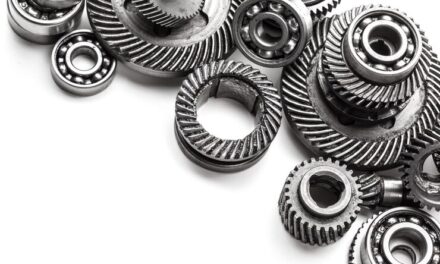In the present quick-moving world, the idea of a “smart home” has developed from a futuristic dream into a substantial reality. On account of the force of the Web of Things (IoT), homes are turning out to be more insightful, effective, and easy to use than at any time in recent memory. This article explores the complexities of smart home automation utilizing IoT, revealing insight into its parts, conventions, execution, security consideration, and the thrilling future that lies ahead.
What is Smart Home Automation?
Smart home automation alludes to the incorporation of different electronic gadgets, appliances, and systems inside a home, permitting residents to control and screen or monitor them somewhat through a centralized stage. This change is accomplished by utilizing IoT innovation, which empowers gadgets to communicate and interact with one another over the Internet.
Role of IoT in Smart Home Automation
IoT plays a vital part in changing traditional homes into smart homes. By associating gadgets with the web or the internet and one another, IoT empowers consistent communication and coordination. This interconnectedness improves user- convenience, energy proficiency, and even safety. Smart home automation fueled by IoT permits mortgage holders to remotely control lighting, indoor regulators, surveillance cameras, and entryway locks, and the sky is the limit from there, bringing another degree of comfort and control to their lives.
Components of Home Automation Using IoT
Smart home automation systems consist of a variety of components, including:
Sensors and Actuators: These gadgets gather information from the environment (e.g., temperature, moistness, movement, or motion) and can perform activities (e.g., turning on lights, changing indoor regulators).
Controllers: Centralized centres or programming stages that manage and arrange associated gadgets.
Smart Appliances: Everyday appliances like coolers, broilers, and washing machines that can be controlled and checked from a distance.
Voice Assistants: Remote helpers or virtual assistants like Amazon Alexa and Google Colleagues empower voice orders for controlling gadgets and accessing data or information.
Smart Home Automation Protocols
To ensure effective communication between devices, various protocols are used in smart home automation. Some prominent protocols include:
Wi-Fi: Usually utilized for high-data transfer capacity applications like streaming media and distant gadget control.
Bluetooth: Ideal for short-range correspondence between gadgets like cell phones and smart locks.
Z-Wave and Zigbee: Low-power remote conventions empower gadgets to convey proficiently inside a brilliant home biological system.
How to Build a Smart Home Using IoT
Building a smart home involves several steps:
Identify Needs: Determine which region of your home could profit from automation, like lighting, security, or energy management.
Choose Compatible Devices: Select gadgets that function admirably together and are compatible with your picked IoT stage.
Setup and Configuration: Adhere to producer directions to set up and configure gadgets in your home network.
Centralized Control: Use a cell phone application or voice assistant to remotely control and screen gadgets.
Security and Privacy Considerations of Smart Homes
While the convenience of smart homes is undeniable, it’s essential to address security and privacy concerns. To safeguard your smart home:
Secure Network: Utilize solid, interesting, or unique passwords for your IoT gadgets and Wi-Fi network.
Regular Updates: Keep gadgets’ firmware and software up to date exceptional to fix weaknesses.
Network Segmentation: Separate IoT gadgets from your principal organization to forestall unapproved access.
Data Encryption: Guarantee that correspondence among gadgets and the focal centre point is encoded.
Future of Smart Home Automation
The future of smart home automation is brimming with possibilities. As technology advances, we can expect:
Greater Integration: More gadgets will become compatible and consistently interconnected.
Artificial Intelligence: Simulated intelligence will improve automation by learning user preferences and adjusting to schedules.
Energy Efficiency: Smart homes will add to reducing energy utilization through enhanced use.
Health Monitoring: Smart homes could integrate well-being observing gadgets for early detection and intercession or intervention.
CONCLUSION
All in all, smart home automation utilizing IoT is upsetting how we live by offering uncommon comfort and control. With the right parts, conventions, and safety efforts set up, mortgage holders can establish an associated climate that improves their regular routines. As innovation keeps on advancing, the future of smart homes guarantees much more creative and exciting turns of events.
FAQ
- What is smart home automation?
Ans- Smart home automation alludes to the mix of internet gadgets and systems inside a home, permitting users to remotely control and monitor different capabilities, like lighting, security, environment, and applications.
- How does IoT play a role in smart home automation?
Ans- IoT empowers smart home automation by interfacing gadgets with the internet and permitting them to communicate and associate with one another. This availability improves comfort and control for homeowners.
- What are some common components of a smart home automation system?
Ans- Normal parts include smart indoor regulators, smart lighting, surveillance cameras, door locks, smart appliances (like coolers and stoves), voice assistance, and sensors for movement, temperature, and humidity.





